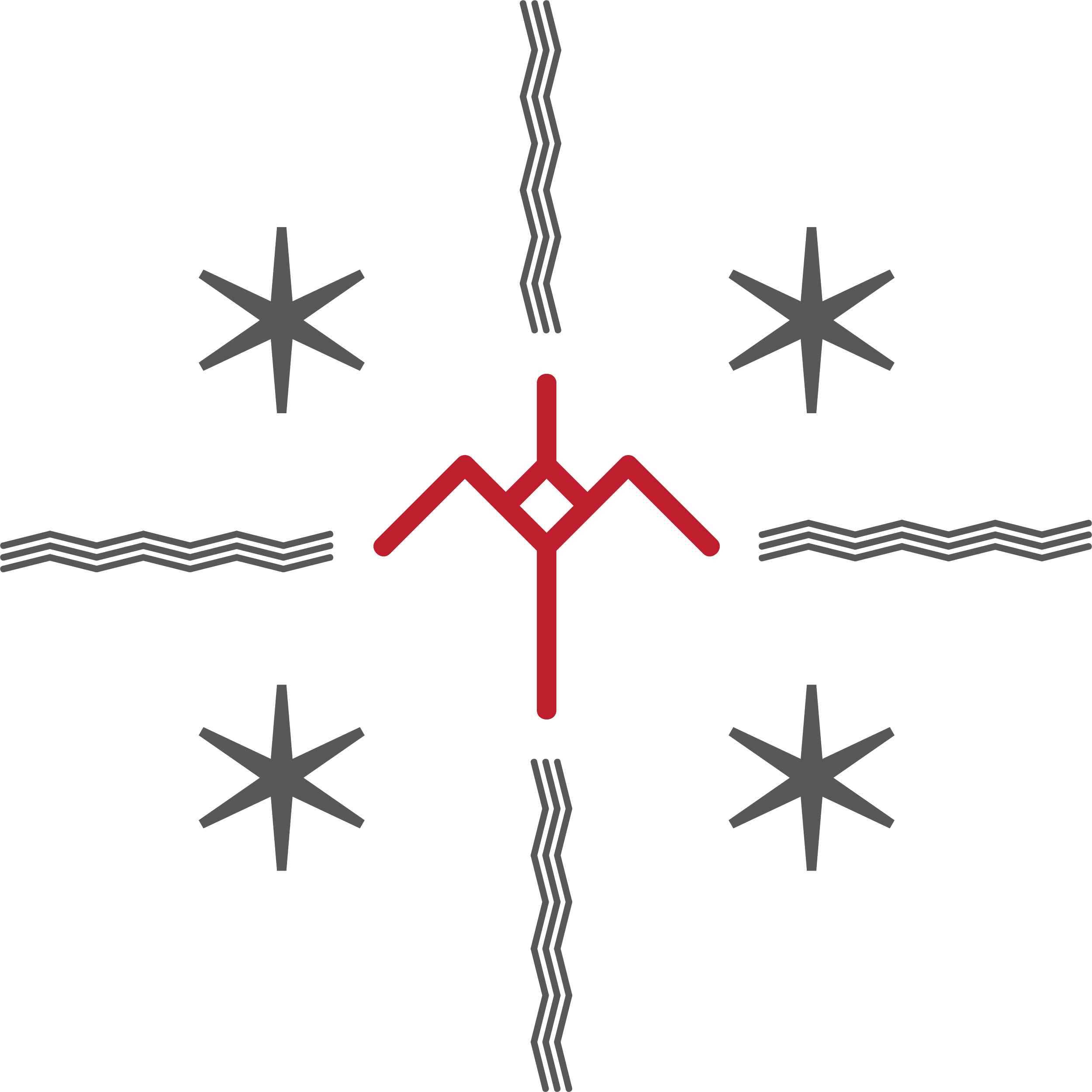Whakairo Rākau: Carving the Soul of Māori Culture
***Disclaimer***
This article was AI generated and while it’s purpose is to be informative, it does:
A - Not reflect our personal views in any way and
B - Should not be relied upon as a sole source of information for the subject under discussion.
Whakairo rakau, the traditional Maori art of wood carving, is an extraordinary testament to the creativity and cultural heritage of the indigenous people of New Zealand. Carved into meeting houses, canoes, and various ceremonial objects, whakairo rakau represents more than intricate designs on wood—it encapsulates the spirit, stories, and ancestral connections of the Maori people. Join us on a journey into the heart of whakairo rakau as we explore the significance, techniques, and enduring legacy of this revered art form.
1. **The Essence of Whakairo Rakau:**
Whakairo rakau, often simply referred to as whakairo (carving), is a form of artistic expression deeply embedded in Maori culture. It goes beyond mere decoration, serving as a visual language that communicates the stories, genealogy, and spiritual beliefs of the Maori people. Whakairo rakau is a living embodiment of cultural identity.
2. **Symbolism and Stories in Wood:**
Carvings in whakairo rakau are rich in symbolism, with each element holding specific meanings. From mythical creatures like manaia to representations of ancestors and significant events, the carvings narrate the history and cultural identity of the Maori. The wood becomes a canvas for stories, preserving them for future generations.
3. **Meeting Houses (Wharenui):**
Whakairo rakau is prominently featured in the adornment of wharenui, or meeting houses. The intricate carvings cover the walls, rafters, and support beams, creating a sacred space that fosters a connection between the spiritual and earthly realms. These carvings are often specific to the iwi (tribe) and tell the unique stories of that community.
4. **Canoe Carvings (Waka):**
Maori canoes, or waka, are another canvas for whakairo rakau. Elaborate carvings on the prow and stern of the waka depict ancestral figures, emphasising the connection between the people and their navigational and seafaring traditions. The carvings not only serve a functional purpose but also infuse the waka with cultural significance.
5. **Techniques and Tools:**
Whakairo rakau involves a range of intricate carving techniques, often executed with specialised tools like adzes and chisels. The carver, known as a kaiwhakairo, undergoes rigorous training to master these techniques, ensuring precision and authenticity in the creation of each piece.
6. **Adaptation and Innovation:**
While rooted in tradition, whakairo rakau has adapted to contemporary contexts. Modern carvers continue to innovate, incorporating new materials, styles, and subject matter into their work. This adaptability ensures that whakairo rakau remains a dynamic and evolving form of artistic expression.
7. **Preserving and Passing On:**
Efforts to preserve the art of whakairo rakau include educational programs, apprenticeships, and collaborations between master carvers and emerging artists. These initiatives play a vital role in passing on the knowledge and skills associated with whakairo rakau, ensuring its continued relevance and cultural significance.
Conclusion:
Whakairo rakau is a living testament to the soul of Maori culture, an art form that transcends time and connects the Maori people with their ancestors and stories. As we delve into the intricate carvings, we recognize that whakairo rakau not only adorns physical objects but also engraves the spirit and identity of the Maori people onto the cultural landscape of Aotearoa.
